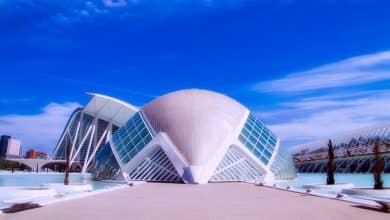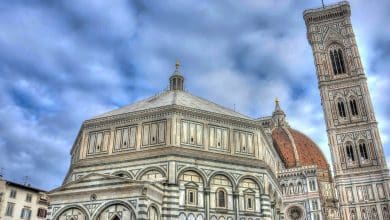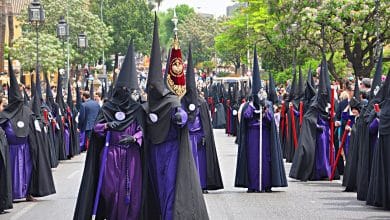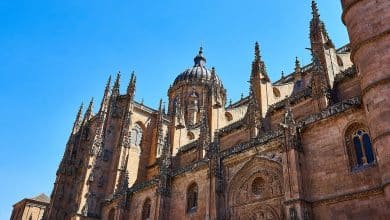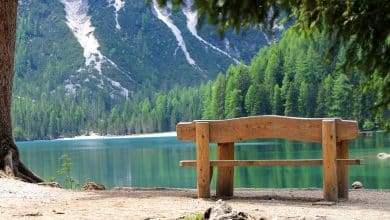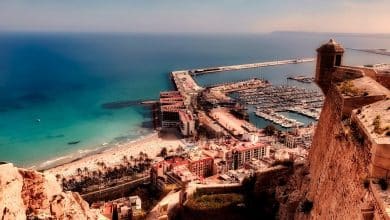What to do in a week in Spain?

Here’s a sample 7-day travel plan for visiting Spain that covers some of the country’s most popular destinations:
Day 1, Madrid
On day 1, after arriving in Madrid, you can start your day by visiting one of the most famous museums in the world, the Prado Museum. The Prado is home to an incredible collection of European art, including works by famous Spanish painters such as Diego Velázquez and Francisco Goya. After visiting the museum, you can take a stroll through the historic center of Madrid and visit some of the city’s most famous landmarks, such as the Royal Palace of Madrid, the largest palace in Western Europe. The palace is the official residence of the Spanish Royal Family and it has beautiful gardens, courtyards and galleries. After the palace, you can visit the Retiro Park, a large park located in the heart of Madrid, where you can relax, enjoy the beautiful nature and have a picnic. In the evening, you can enjoy some of the delicious local cuisine, such as tapas and paella in one of the city’s many restaurants.
Day 2, Toledo
On day 2, you can take a day trip to the nearby town of Toledo, located about 70km from Madrid. Toledo is known for its well-preserved medieval architecture and historic synagogues. You can start your visit by taking a walk through the old town, where you can see the Gothic Cathedral of Toledo and the Alcázar of Toledo, a fortress that has been used as a palace, a prison, and a military academy. The Alcazar offers an incredible panoramic view of the city. You can also visit one of the historic synagogues, such as the Synagogue of Santa María la Blanca, which dates back to the 12th century. After exploring the city, you can take some time to shop for souvenirs, such as traditional Toledo blades, which are famous for their quality and craftsmanship. In the evening, you can return to Madrid and enjoy some of the local food and drink.
Day 3, Barcelona
On day 3, you can take a train to Barcelona, one of the most popular destinations in Spain. The city is known for its architecture, museums, and beaches. Once you arrive you can start by visiting the famous Sagrada Familia, an unfinished church designed by Antoni Gaudi that is considered one of the most important architectural works in the city. After that, you can visit Park Guell, another famous work by Gaudi, which is a public park with gardens and architectural elements that are a reflection of Gaudi’s artistic and architectural vision.
You can also visit the Gothic quarter, a historic neighborhood that is home to narrow winding streets and medieval buildings. You can also see some of the most important landmarks such as the Cathedral of Barcelona and the Picasso Museum. In the evening, you can enjoy a delicious dinner and have a drink in one of the many terrace bars in the city and enjoy the lively atmosphere of the city.
Day 4, Girona
On day 4, you can take a day trip to the nearby town of Girona, located about 100km from Barcelona. Girona is a charming medieval town, known for its well-preserved architecture and colorful houses that line the Onyar river. You can start your visit by taking a walk through the old town, where you can see the Girona Cathedral and the Arab Baths, the only remaining Islamic baths in Girona. You can also explore the Jewish quarter, which is home to the oldest Jewish community in Catalonia.
One of the main attraction in Girona is the famous “Eiffel Bridge” which is a replica of the Eiffel tower in Paris, it offers a great view of the city. You can also visit one of the many museums in the city, such as the Museu d’Història de la Ciutat, which offers an overview of the city’s history and art. In the evening, you can return to Barcelona, and enjoy some local food and drink.
Day 5, Seville
On day 5, you can take a train to Seville, the capital of Andalusia and one of the most popular destinations in southern Spain. Once you arrive, you can start your day by visiting the Alcazar Palace, a royal palace that dates back to the Moorish period and it’s known for its beautiful gardens, patios and architecture. The palace also offers a great view of the city.
After the palace, you can visit the Giralda Tower, a minaret that was converted into a bell tower for the Cathedral of Seville, it is one of the most important landmarks in the city. The Cathedral is the largest Gothic cathedral in the world and the tomb of Christopher Columbus.
In the evening, you can enjoy some local food and drink in one of the many bars and taverns in the city and enjoy the lively atmosphere of the city, also you can take a walk around the historic center, which is home to many historical landmarks and monuments such as the Torre del Oro and the Plaza de España.
Day 6, Ronda
On Day 6, you can take a day trip to the nearby town of Ronda, located about 100km from Seville. Ronda is known for its beautiful 18th-century bridge, the Puente Nuevo, which spans a deep gorge, offering a spectacular view of the city and the surrounding countryside.
After visiting the bridge, you can visit the historic bullfighting ring, which is one of the oldest in Spain and is still in use today. You can also visit the Palacio de Mondragón, a Moorish palace that dates back to the 14th century and the Church of Santa Maria la Mayor, a beautiful church that dates back to the 18th century.
Ronda also offers a great opportunity to enjoy the natural beauty of the area, you can take a hike in the nearby mountains, or visit one of the many wineries in the area, where you can sample some of the local wines. In the evening, you can return to Seville and enjoy some local food and drink.
Day 7, Madrid
On day 7, you can travel back to Madrid and spend the day visiting some of the city’s most famous landmarks. You can start by visiting the Royal Palace of Madrid, the largest palace in Western Europe, which has beautiful gardens, courtyards, and galleries. After the palace, you can visit the famous Retiro Park, a large park located in the heart of Madrid, where you can relax, enjoy the beautiful nature and have a picnic.
You can also visit the Thyssen-Bornemisza Museum, which is located in the heart of Madrid and houses an impressive collection of art, including works by famous artists such as Van Gogh, Monet, and Picasso.
In the evening, you can enjoy some local food and drink in one of the many restaurants and bars in the city, and explore the nightlife of Madrid before departing.
This 7-day plan is just a sample, you can adjust it to suit your interests and preferences. Spain has many more things to offer, but it should be a good starting point for your trip.
The bottom Line
A 7-day trip to Spain includes visits to Madrid, Toledo, Barcelona, Girona, Seville, Ronda, and back to Madrid, with a mix of city exploration, museums, historical sites and a day trip. The trip covers some of the most popular destinations in Spain, and offers a taste of the local culture and cuisine.

